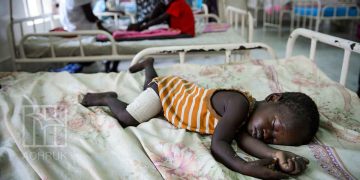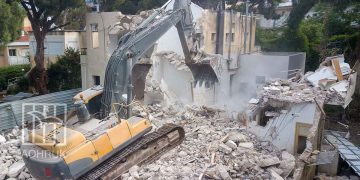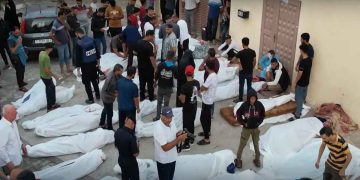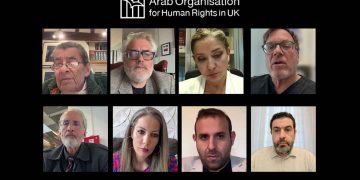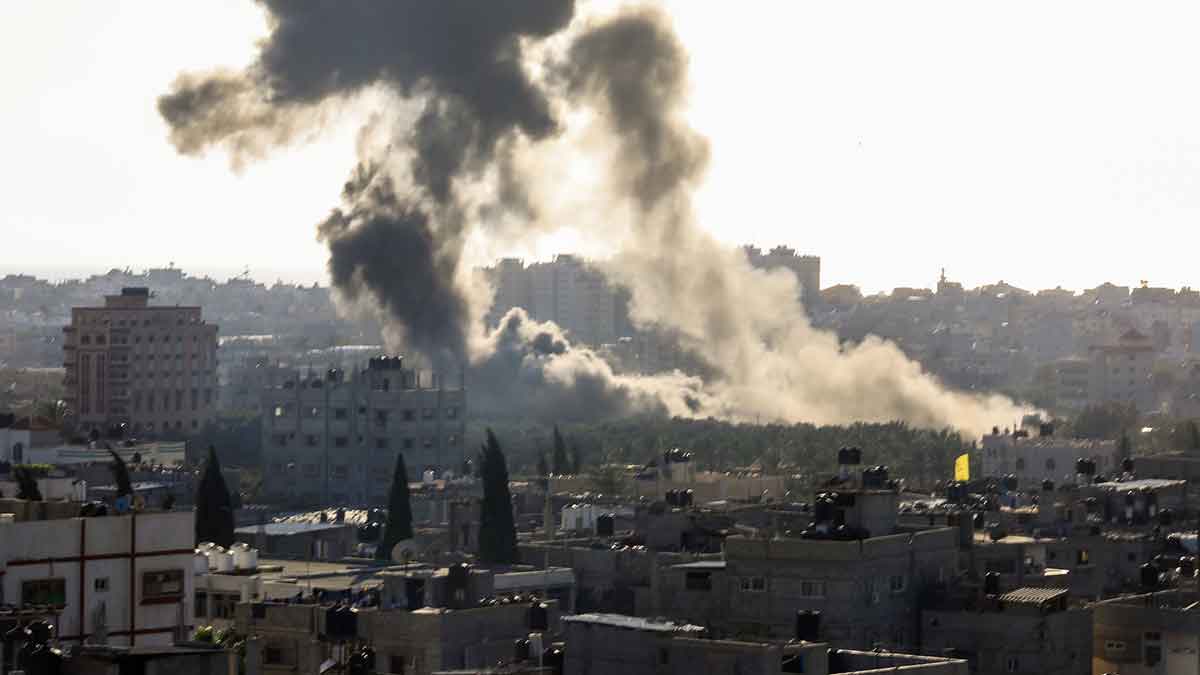The Syrian Network for Human Rights (SNHR) claims in its monthly report that extrajudicial killing claimed the lives of 1,734 civilians in Syria in 2020, including 99 in the month of December alone, highlighting that killings by IDPs and deaths by mines and remote bombings stood out among killings in Syria in 2020.
The 50-page report recorded death caused by all parties involved in the conflict in the year of 2020, particularly focusing on the killing of women, children, death as a result of torture, paying attention to the most notable massacres committed by the parties to the conflict in this period.
The report revealed that the death toll of victims included those related to extrajudicial killings by the controlling forces in each area which occurred as a violation of both international Human Rights Law or International Humanitarian Law and does not include deaths arising from natural causes or those caused by disputes between civilians.
SNHR went on to draw on the day to day monitoring by activists, news and developments and an extensive network of relations with various sources, in addition to analysing a large number of photographs and videos.
It went on to add that although 2020 saw a decline in the rates of killings of civilians compared to previous years, with a rate of up to about 0.80 %, the number of civilian victims still exceeded 1,700 Syrian citizens, including 326 children, the highest rate of extrajudicial killings in the world.
The report reveals that the decline in the documented death toll for this year is related to several factors, perhaps the most prominent of which are:
- The displacement of nearly 13 million Syrians, including internally displaced persons and refugees.
- The COVID-19 pandemic, which has reduced the movements of the Syrian regime’s army and affiliated Iranian militias.
- The Additional Protocol to the Idlib Agreement between Russia and Turkey, which was signed on March 5, 2020.
The report further reveals that the year started with a very high death rate, with nearly a third of the total documented death toll for the whole year was recorded in January and February alone. Thereafter, in March, the COVID-19 coronavirus broke out in Syria, while the Additional Protocol entered into force on March 6.
SNHR went on to breakdown the death toll (1,734). 326 were children and 169 women (adult female), killed at the hands of the warring parties in 2020. SNHR broke down the figure further according to the perpetrators in each case:
Syrian Forces – 432 civilians (79 children, 29 adult women)
Russia – 211 civilians (62 children, 48 adult women)
ISIS – 21 civilians (2 children)
Iran – 26 civilians (1 adult women)
Kurdish forces – 63 civilians (11 children, 3 adult women)
US Led coalition forces – 14 civilians (11 children, 3 adult women)
SNHR’s report also reveals that the largest death toll in 2020 was documented in Idlib and Aleppo governorates, which account for 50.40%of the total death toll of victims in Syria; that is to say that half of the victims in 2020 were killed in these two governorates, followed by Deir Ez-Zour governorate with 17 percent.
5 media workers were killed in 2020, two of whom came at the hands of Syrian Regime Forces, 2 at the hands of Russian forces and one media worker at the hands of other parties.
42 massacres were documented in 2020 – the term ‘massacre’ is being used for the unjust killing of 5 or more individuals- According to this definition, the report records:
Syrian Forces – 11
Russia – 11
Syrian democratic forces – 1 civilians (2 children)
US Led coalition forces – 1
Other Parties – 18
The report concluded by calling on the United Nations Special Envoy to Syria to condemn the perpetrators of crimes and massacres and those who were primarily responsible for dooming the de-escalation agreements to failure, to re-sequence the peace process so that it can resume its natural course despite Russia’s attempts to divert and distort it, empowering the Constitutional Committee prior to the establishment of a transitional governing body.
Lastly, the report stresses the need for humanitarian organisations to develop urgent operational plans to secure decent shelter for internally displaced persons, and to exert efforts in landmine clearance operations in parallel with relief operations whenever the opportunity arises

